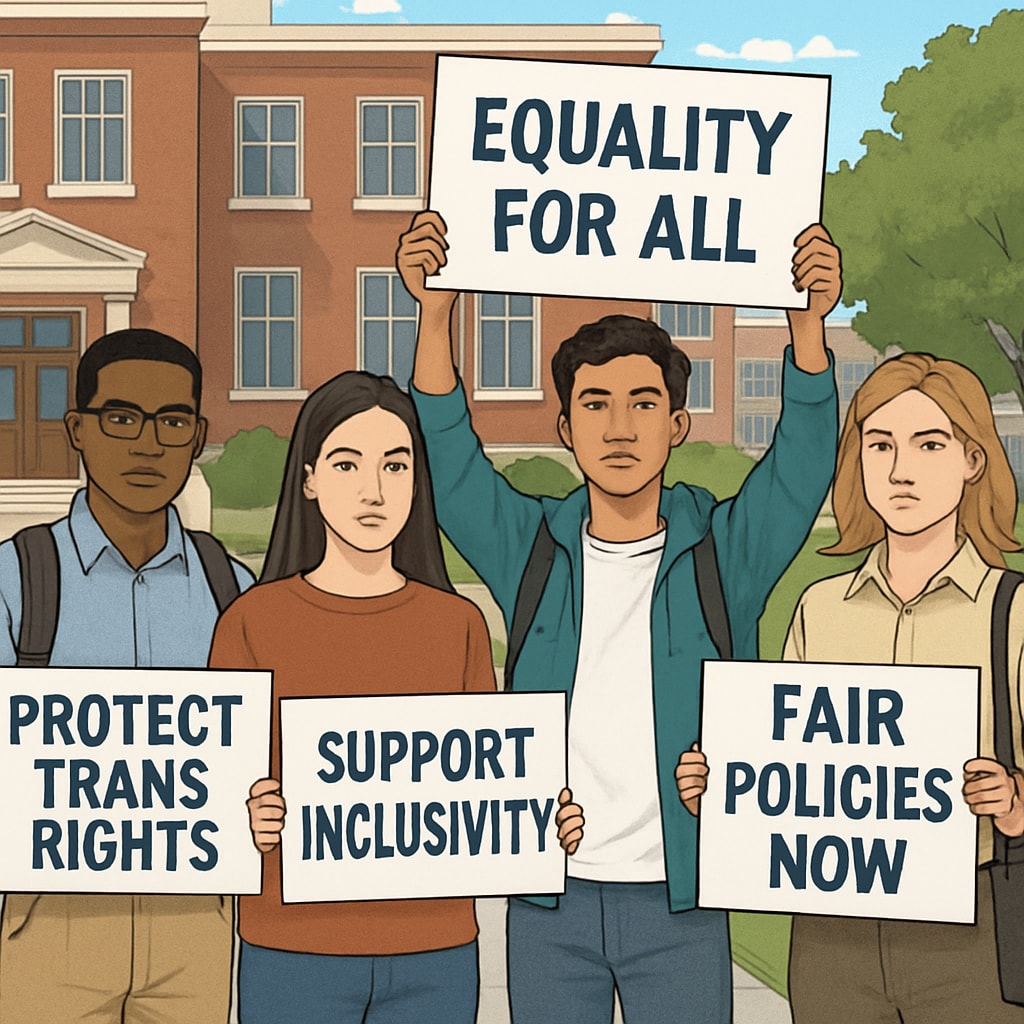Brown University’s recent gender policy change, which aligns with the Trump administration’s binary definition of gender, is reshaping the campus environment and creating unprecedented challenges for transgender students. This controversial decision has sparked widespread concern about the erosion of educational equality and campus inclusivity. By restricting gender recognition to male and female categories, it threatens the safety, identity, and overall well-being of transgender individuals within the university community.
The Policy Shift: Understanding Its Implications
Brown University’s adoption of a binary gender framework marks a significant departure from its previously inclusive policies. By strictly defining gender as either male or female, the university disregards the existence of non-binary and transgender identities, effectively invalidating the lived experiences of many students. This shift not only impacts administrative processes, such as housing assignments and restroom access, but also undermines the principles of equality and respect that the institution claims to uphold.

Such policies can lead to a pervasive sense of exclusion among transgender students. For example, they may face difficulty accessing gender-affirming housing or facilities, and experience heightened levels of discrimination or harassment. As a result, their ability to engage fully in academic and social activities is compromised, exacerbating feelings of isolation and mental health struggles.
Challenges for Transgender Students
The impact of this policy change extends beyond logistical concerns; it strikes at the core of transgender students’ sense of identity and belonging. Many report feeling unsafe or unwelcome in spaces that fail to acknowledge their gender. This can manifest in various ways, such as:
- Limited Access to Resources: Gender-specific facilities and programs may exclude non-binary and transgender individuals due to the rigid policy framework.
- Increased Mental Health Strain: The lack of acknowledgment and support can lead to heightened stress, anxiety, and depression.
- Discrimination and Harassment: Transgender students may face direct or indirect discrimination from peers and faculty, further marginalizing them.
In addition, the policy change undermines efforts to create a welcoming and diverse campus environment. Universities are traditionally seen as bastions of progress and inclusivity, yet this decision contradicts those ideals, sending a disheartening message to marginalized communities.

Advocating for Inclusive Education Policies
To counter these negative outcomes, it is essential for educational institutions to prioritize inclusivity and equality. Universities must recognize their role in fostering environments where all students, regardless of their gender identity, can thrive. This includes:
- Implementing Gender-Affirming Policies: Institutions should adopt policies that acknowledge and support a range of gender identities, including non-binary and transgender individuals.
- Providing Resources and Support: Counseling services, gender-inclusive housing, and education on gender diversity can help mitigate the harmful effects of exclusionary policies.
- Facilitating Open Dialogue: Encouraging conversations about gender diversity can help foster understanding and reduce stigma among the campus community.
For example, universities like UC Berkeley have implemented policies ensuring gender-inclusive facilities and programs, setting a precedent for others to follow. Similarly, organizations such as the National Center for Transgender Equality offer resources to help institutions create supportive environments for transgender individuals.
Conclusion: Moving Forward Together
Brown University’s gender policy change serves as a stark reminder of the ongoing challenges faced by transgender individuals in educational settings. While the decision may aim to align with certain political frameworks, its ramifications on campus inclusivity and student well-being are undeniable. To uphold the values of equality and academic excellence, institutions must take proactive steps to support and protect all students, regardless of their gender identity. Only by fostering understanding and inclusivity can universities truly become spaces where everyone has the opportunity to succeed.


